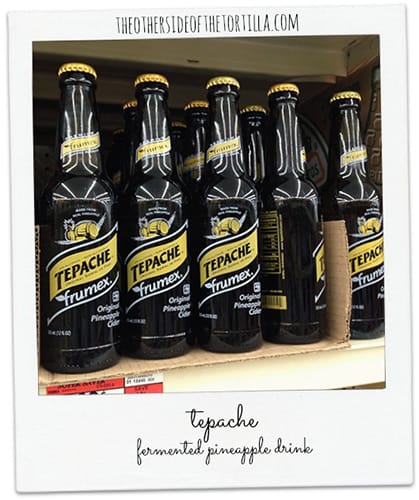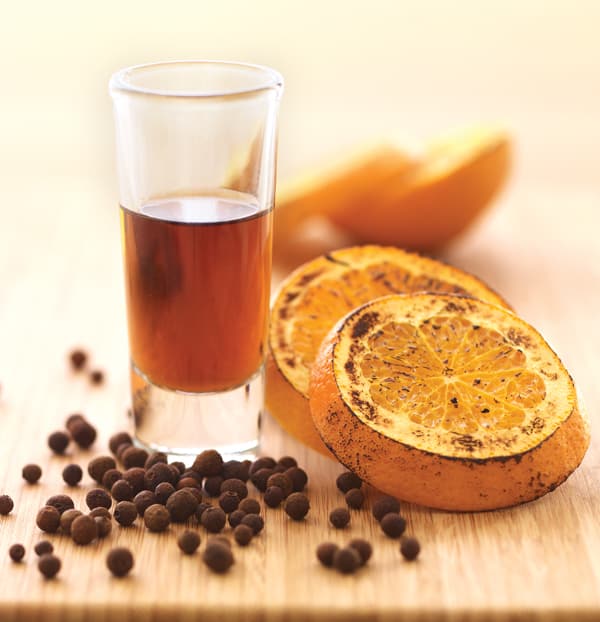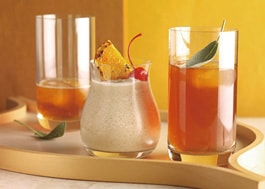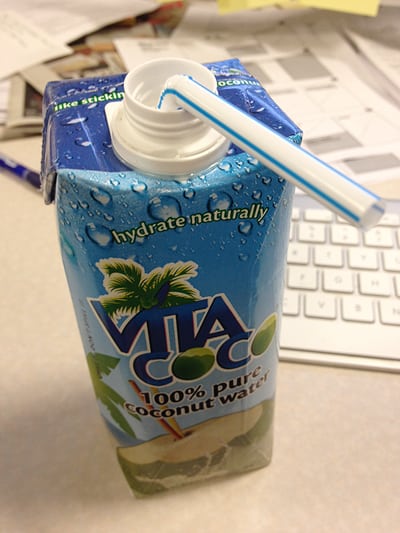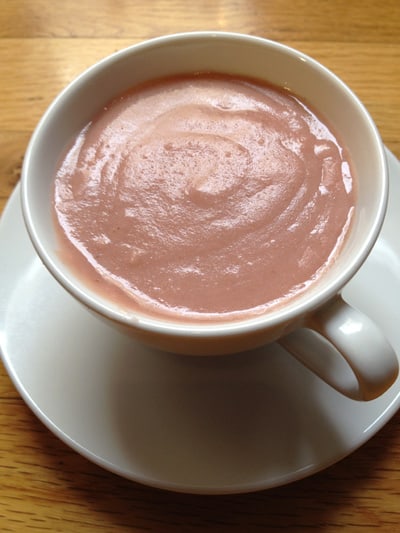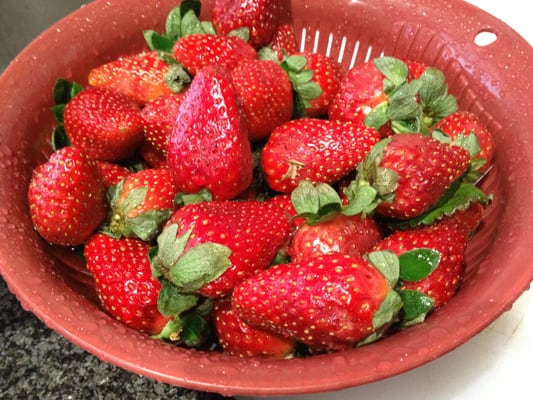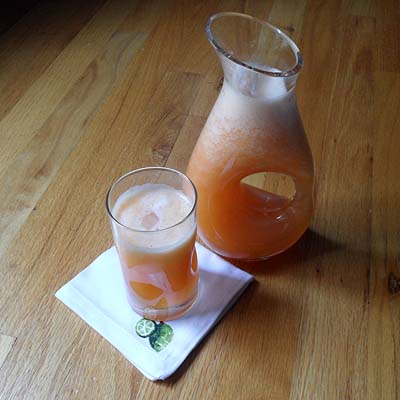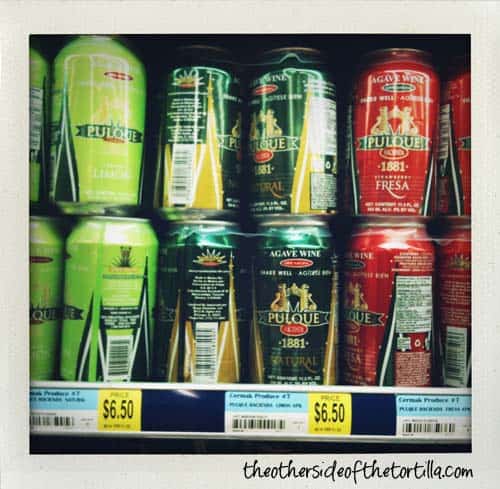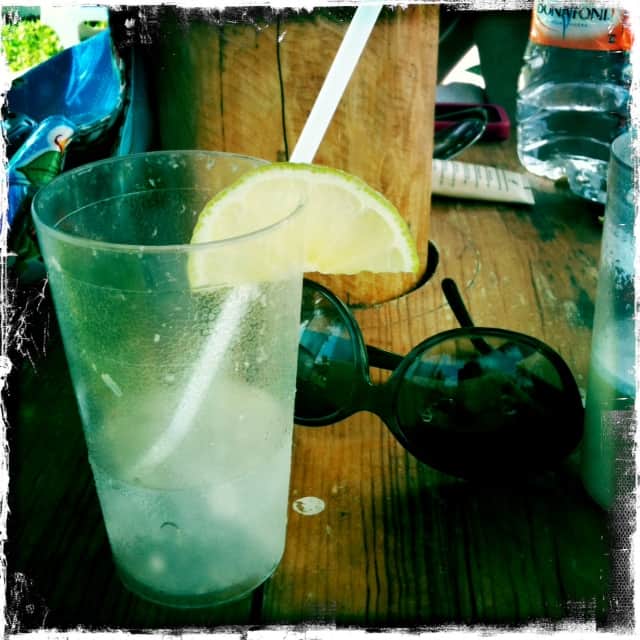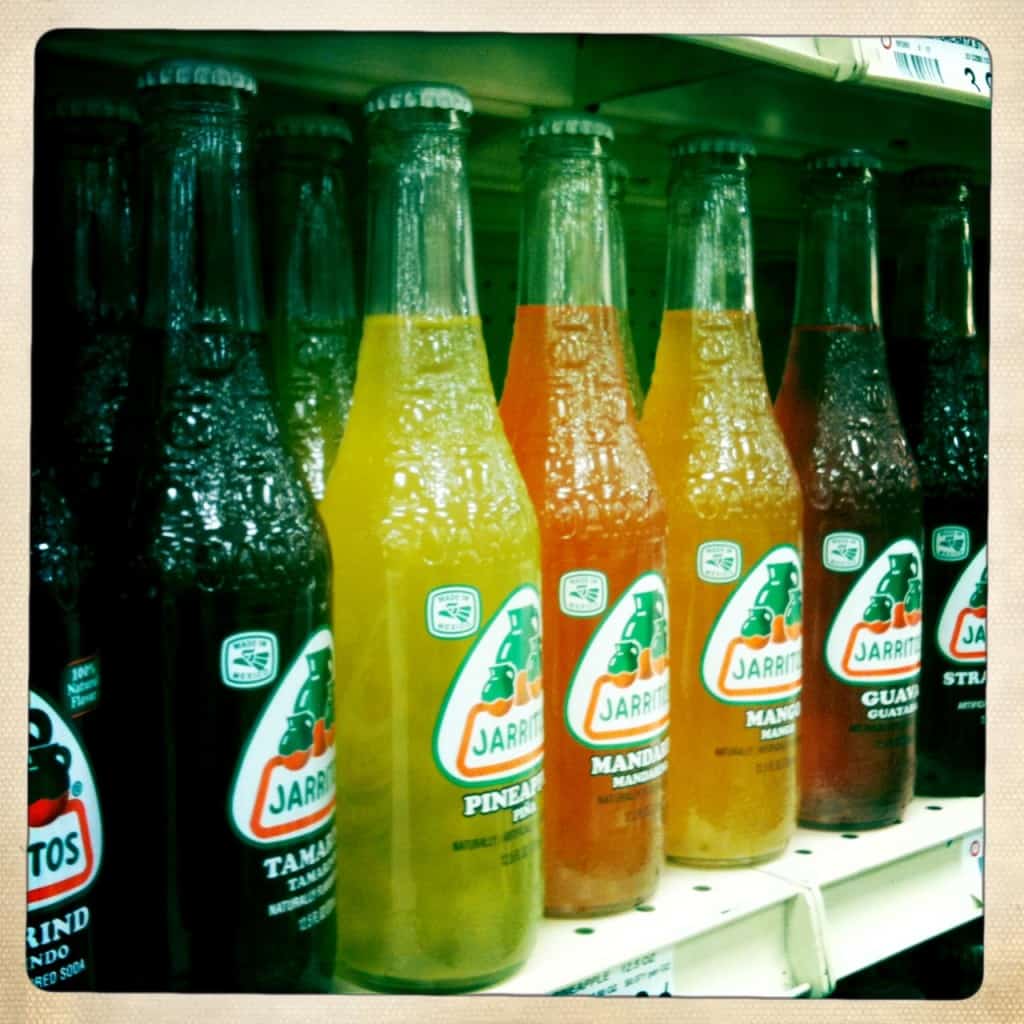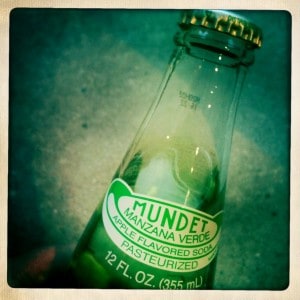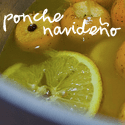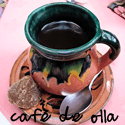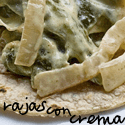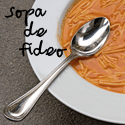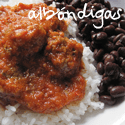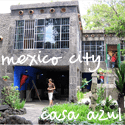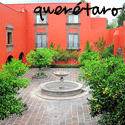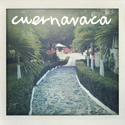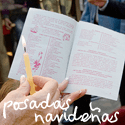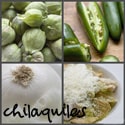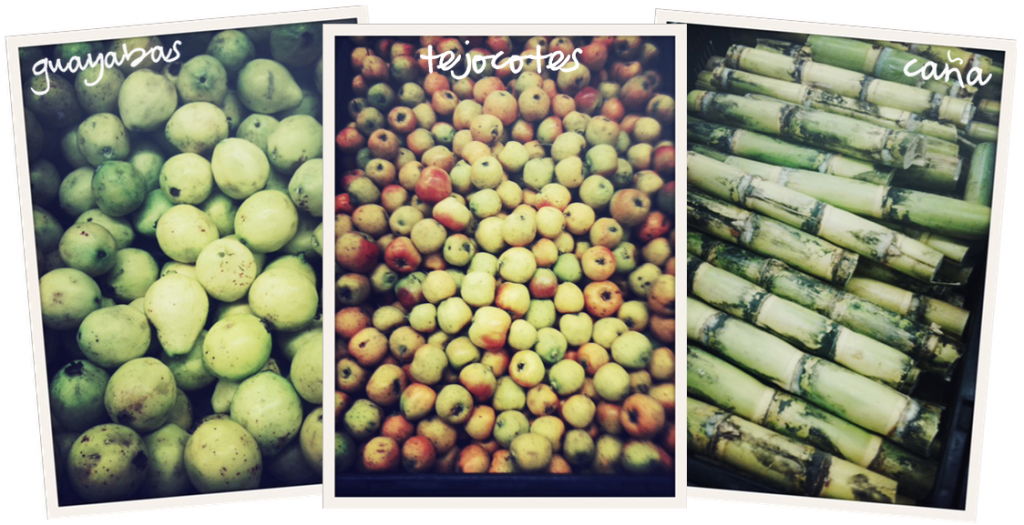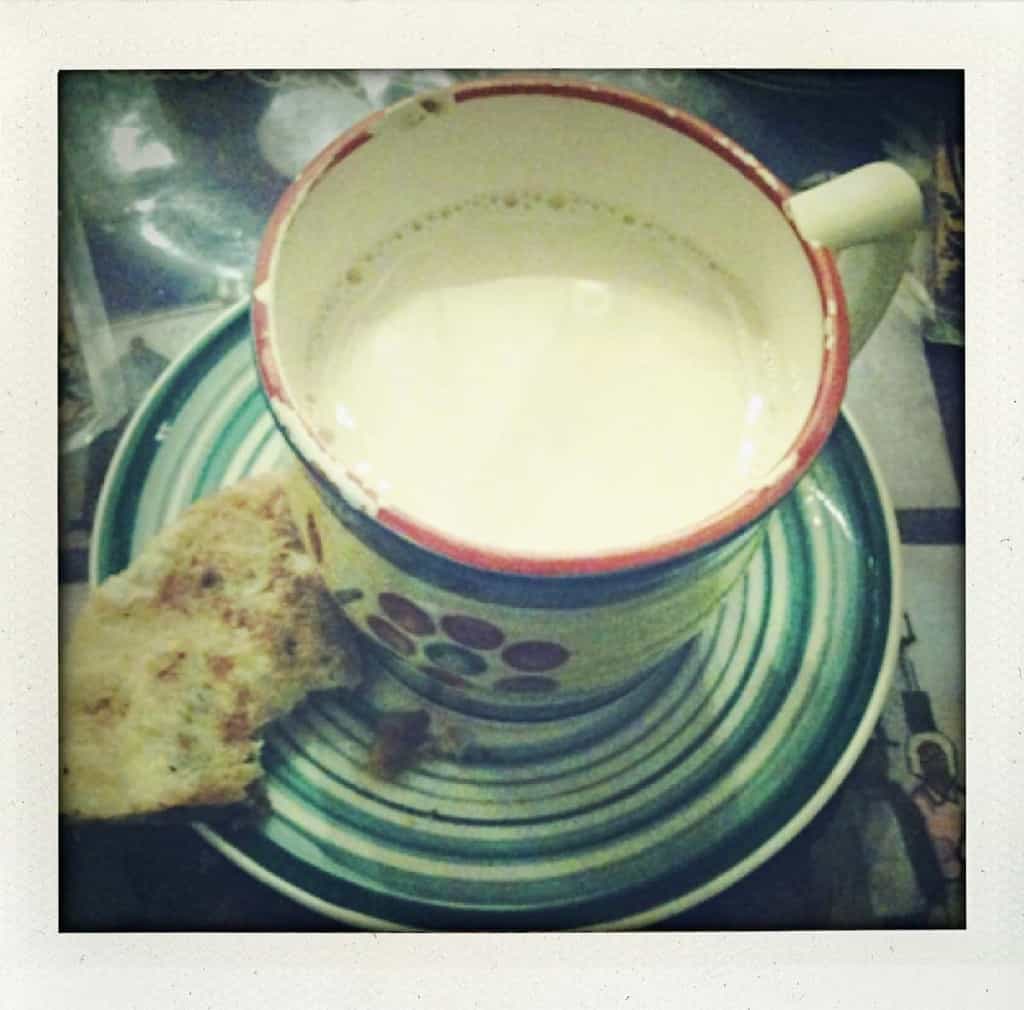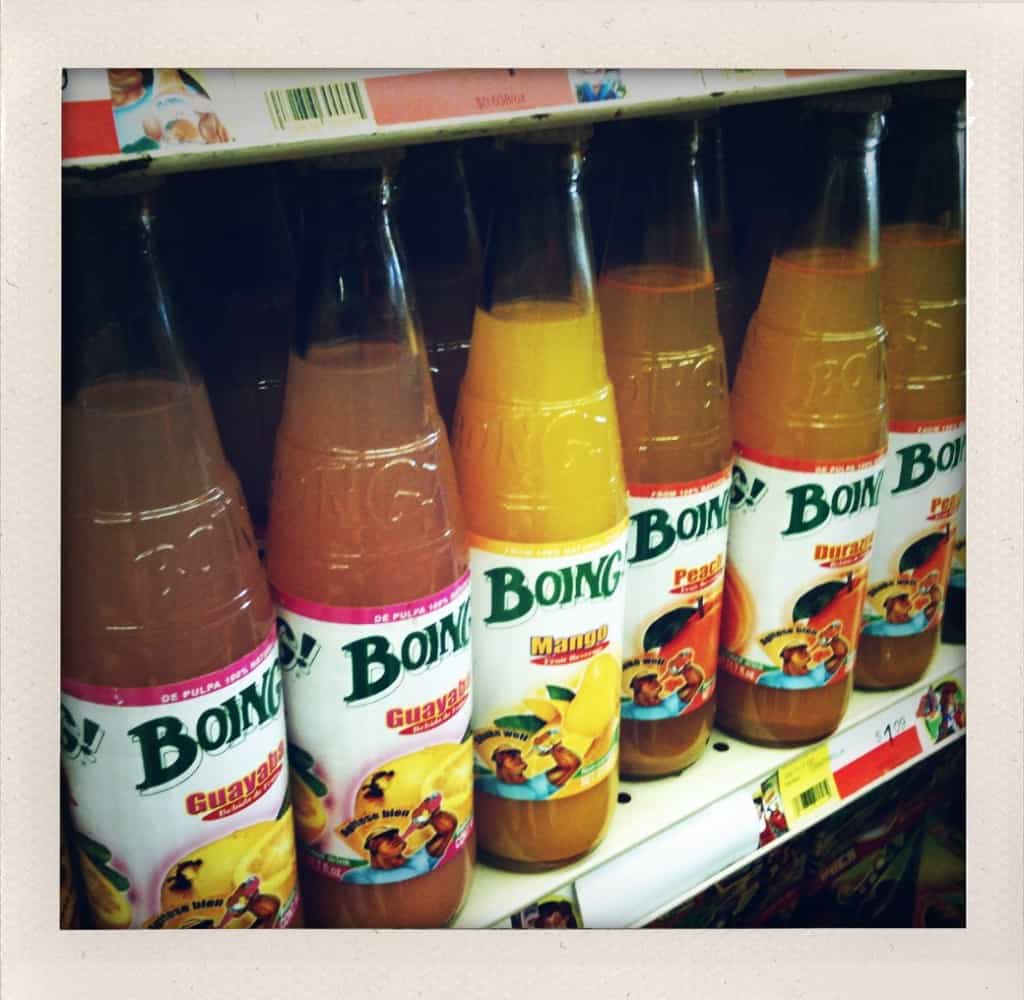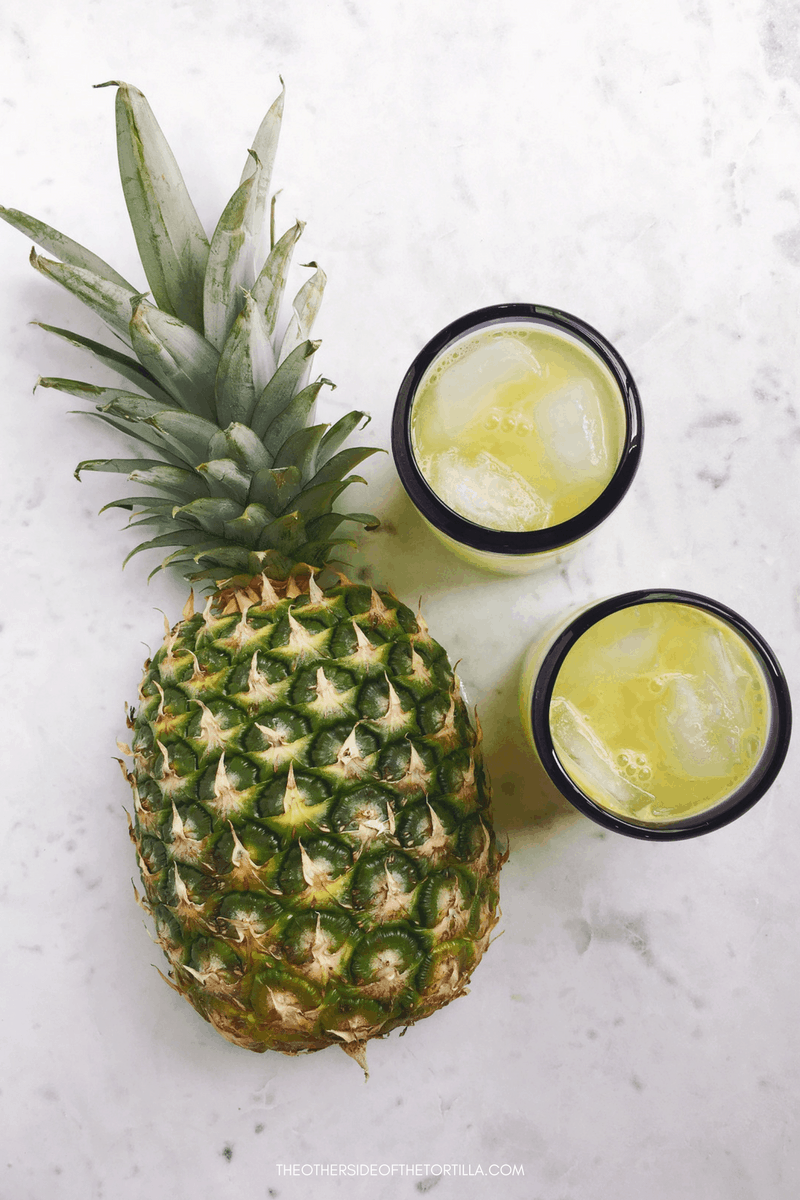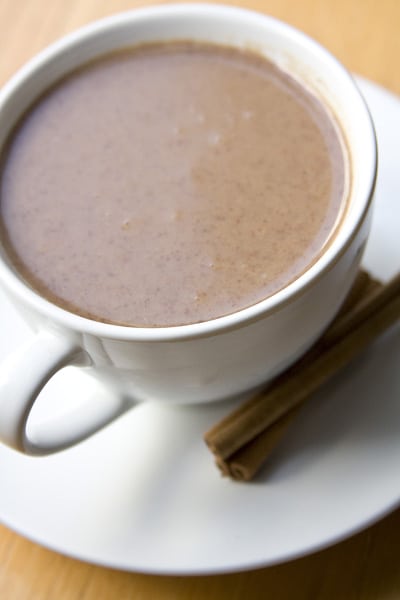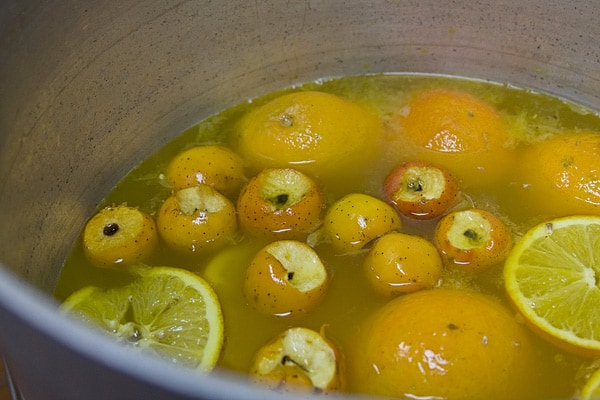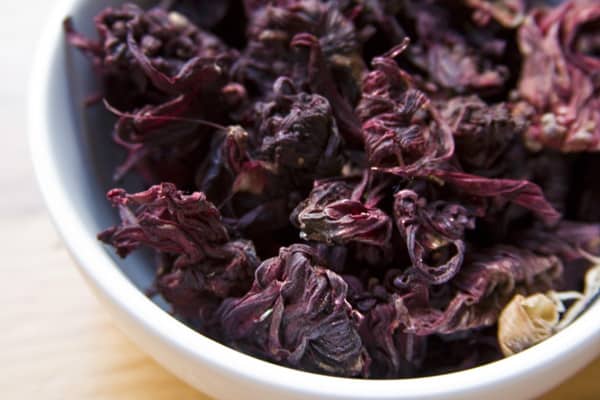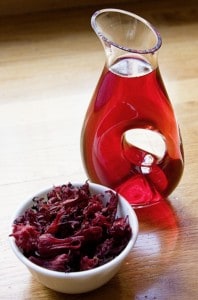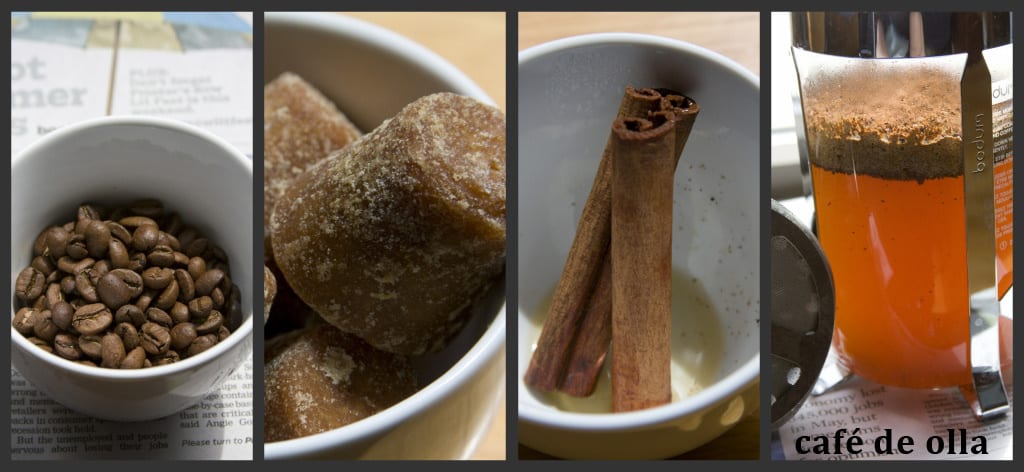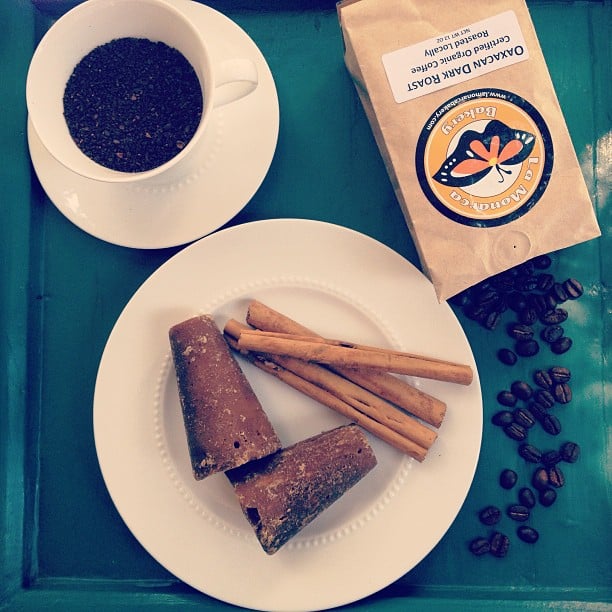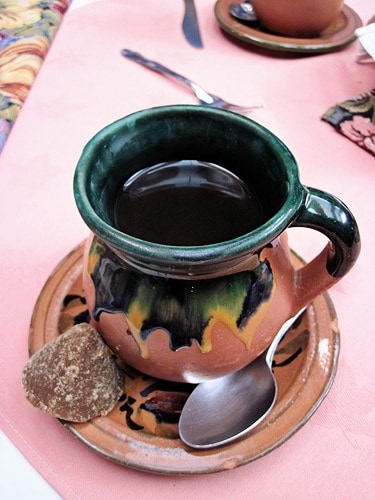As I’ve been checking out as many Mexican grocers in Los Angeles as possible, I’ve noticed one product (made by a few different brands) that was not common to find in the Mexican supermarkets in Chicago: bottled tepache. I haven’t tried any yet, but I think I will soon just because I’m seeing it everywhere and I’m getting more and more curious how it tastes compared to the homemade tepache I’ve had in Mexico and Chicago from taquerías and street stands.
The fermented pineapple drink has a hard cider quality and is originally from the state of Jalisco.
For a home-brewed recipe, check out this step-by-step tepache recipe and tutorial from my friend Pati Jinich from Pati’s Mexican Table.
I used to frequently find tepache at an aguas frecas stand at the Maxwell Street Market (every Sunday from 7 a.m. to 3 p.m.; free admission and most vendors only accept cash). For more places to find tepache in Chicago, check out this August 2012 article from the Chicago Tribune.
- Have you had store-bought or bottled tepache? Is it any good and do you have a preferred brand I should try?
